WELCOME BACK
LET'S CONTINUE YOUR JOURNEY!
Go back to where it all starts
Discover who you are
Get help navigating your life
Be more engaged in life
Achieve & become more
Power with knowledge
Be a lifelong learner
Talk to a professional
Manage your settings
'Til we meet again
A Stay Interview is a regular (perhaps quarterly) interview a leader or manager has with a team member. The specific intent is to gather insight into why that employee is choosing to stay on the team or in the organization.
In this way, it’s the opposite of an exit interview. In an exit interview, when an individual chooses to leave the organization, a leader or manager (or often someone from HR) interviews the exiting individual to see why they are leaving.
All of this is done with the intent to discover if there is something that can be learned and changed to prevent others from leaving as well.
Both are extremely useful tools for conscientious leadership, and can be greatly facilitated by proper understanding and utilization of the Orbits of Engagement and the 16 Elements.
The Orbits of Engagement model is centered around the core idea that there’s an emotional reason WHY someone enters into an engagement (a job, a role, an objective, a relationship, or whatever it is).
There’s a gravitational pull exerted by that “why” that both attracts an individual into that orbit, and keeps them within that orbit in a state of high engagement.
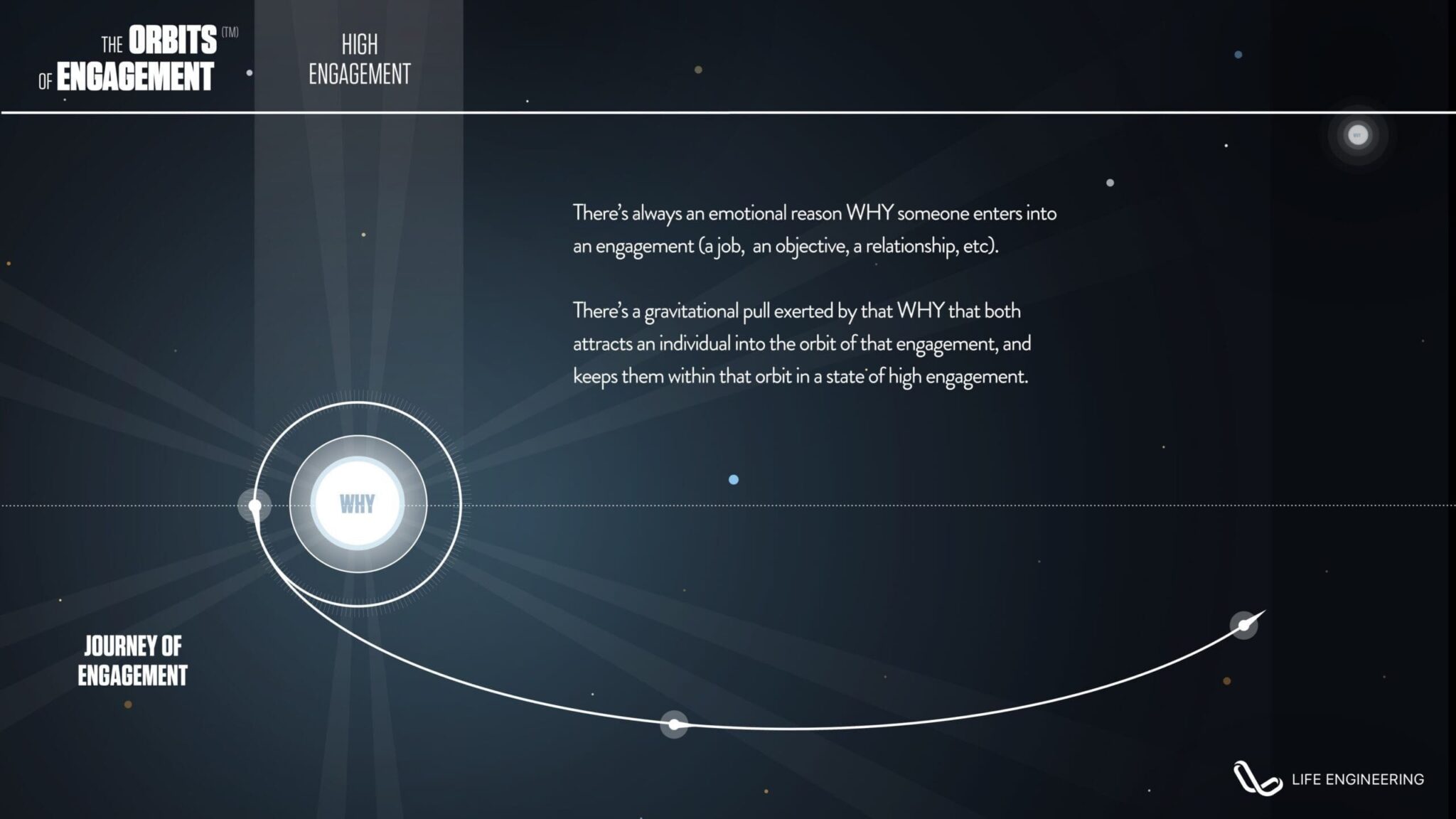
As a leader, the more you know about the composition of that “why”—about what creates that gravitational pull—the more you can architect for Engagement, keeping that individual in a state of high engagement.
Doing so will increase both their performance and productivity, and at the same time increase their happiness and, ultimately, how long they stay.
The composition of that “why”—the mass that creates the gravitational pull—is described, at least in part, by the 16 Elements.
The more of those Elements that are active, the more gravitational pull there is, the more engaged they’ll be, the better they’ll perform, and the greater their satisfaction and sense of fulfillment as well.
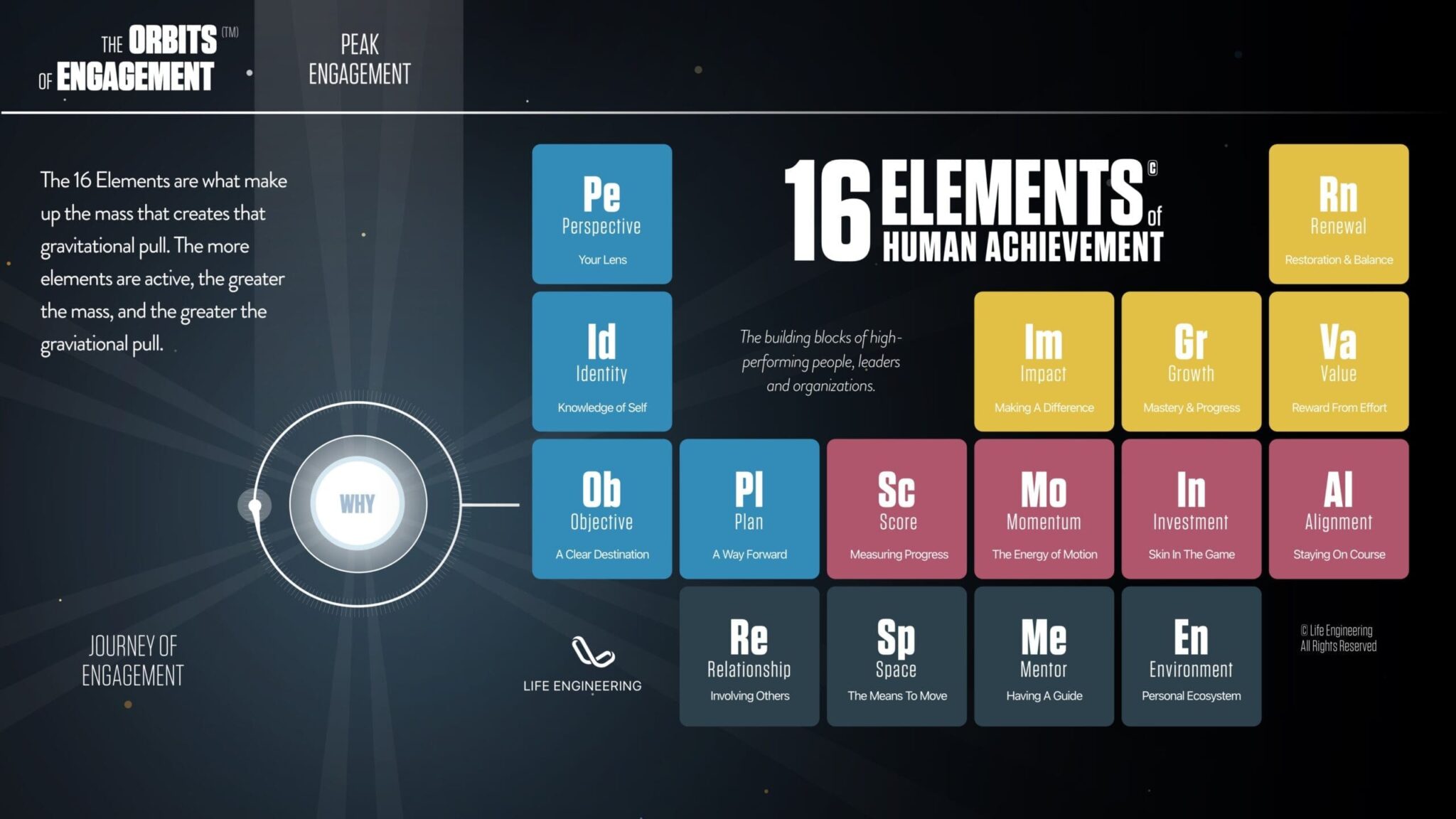
When these Elements are active, in a positive state, they become Engagement Drivers, positively impacting the overall engagement outcome of the individual.
When any of them go inactive, they become “Engagement Neutral,” having no engagement impact (they aren’t detracting, but they’re also not creating engagement).
Worse, when one or more of them reach a negative state, they become Departure Triggers, driving them away from the orbit they were once engaged in (like their job).
At this point, they begin to act as Disengagement Drivers, actively contributing to a disengagement formula that propels the individual into increasing stages of disengagement.
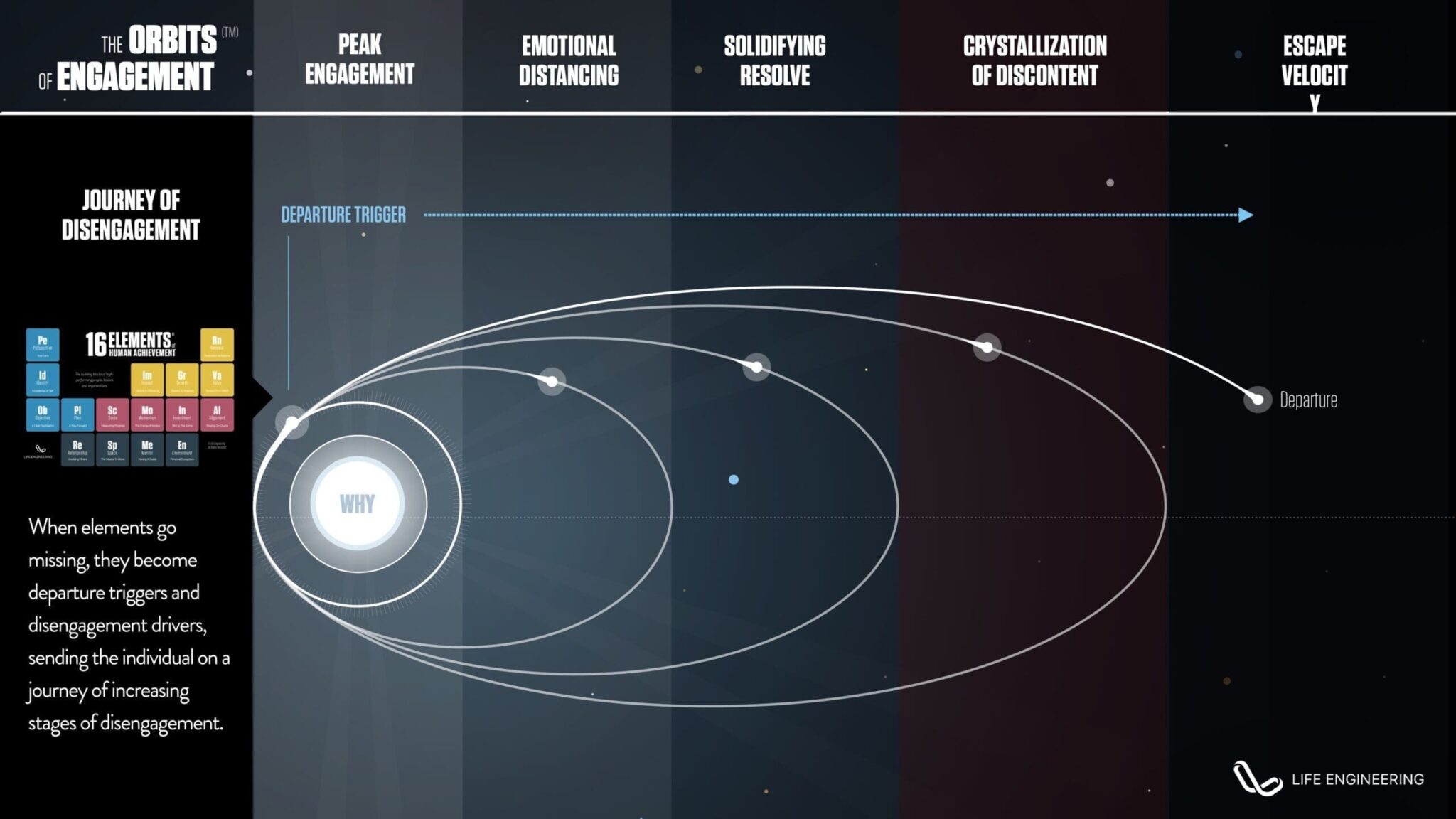
There are at least three key instruments in understanding the composition of an individual’s gravitational pull:
In many ways the Stay Interview can be more effective than even the Engagement Assessment at helping a leader identify the team member’s level of engagement and the degree to which each Element is either active or missing.
Partially this is because the Stay Interview is done in person, one-on-one. The leader can look into the eyes of the individual and get a sense of how they are doing, gauge the authenticity of their answers, ask further questions, and have deeper dialogue.
The following questions, relating to the 16 Elements, can act as a guide for this interview.
If the individual has already taken their Personal Energy Index, it’s a good idea to review that first, and prioritize questions surrounding the Elements you know matter most to them to be sure you have ample time to explore those thoroughly.
Identify the reasons why the individual is deciding to stay, what’s keeping them there, and if possible, what departure triggers have there been that may be pushing them into an outward orbit. You will want to explore what you or the organization can do help engage them more fully.
This is intended to be a relatively personal discussion that, if done with the right spirit, can communicate to the team member how much you care. You will want to communicate the genuine nature of your intent to create a work experience that is as optimized to them as you can reasonably achieve.
We recommend you conduct a Stay Interview at twice a year. Once a year can be fine for some roles; quarterly is better for other roles. The in-between times are usually better served by Engagement and Satisfaction Assessments.
That cadence can be influenced by tenure. The longer a team member has been with the team or organization, the less often these may be necessary, as there is a long history and understanding already built.
Whereas for an employee with only a year or two of experience, more frequent check-ins can help establish that history and understanding, and can better keep you apprised of how they’re doing and what you can do to help them.
The cadence can also be influenced by the average tenure within the group or team. In teams with high turnover, more frequent check-ins are warranted. In groups where turnover is low, too many check-ins can feel over-burdensome.
As you conduct the Stay Interview, it’s valuable to take notes. Doing so can communicate to the team member that you are taking their feedback seriously, and can show genuine care.
Below are the Stay Interview Questions we recommend and space for you to add to them, along with space for answers and notes.
Documenting these answers can be a valuable addition to the employee record, allowing you to track wellness and engagement over time.
Reviewing prior Stay Interviews before conducting a new one can be a great way of refreshing yourself on what the team member has valued before. You will then be able to evaluate if that’s still the case, or if anything has changed.
Be alert to things that they mentioned in the past that are suddenly missing from the conversation. It’s usually best to let the conversation develop a little, and allowing for them to either bring them up, or not, before seeding them into the conversation. Otherwise they can corrupt the authenticity of the feedback you get.
Stay Interviews can be very personal. You’re often asking for information that can make them feel a little vulnerable and give you insight into things they might not ordinarily share. This, in part, is what makes them valuable.
It communicates to the team member that you actually care about them. That you see them as an individual, not just as a mechanical component to the work the team needs to perform. It helps deepen your Relationship and can help you be a better Mentor.
But along with this vulnerability, team members will be looking to see if your Stay Interviews are genuine.
As you learn about in the Achieve Pillar of the Human Achievement Process, human beings have the need to answer “Is this worth it?” before they are willing to continue investing.
The Elements that comprise the Achieve Pillar are Impact (Did this make a difference?), Growth (Does this cause me, or you, or us to be better?), Value (Is there something else I get out of this?—rewards or recognition), and Renewal (Did this help me achieve balance?).
It’s a good idea to be highly responsive about the feedback you receive, of course, so they know their feedback and these occasional moments of vulnerability are worth it. But on top of this, it’s a good practice to take one or two things specifically from the Stay Interview and work to make an immediate change, even if it’s small.
That small progress not only fulfills the emotional need of the Achieve pillar, but also creates a sense of Momentum to the relationship and builds up your Identity as Mentor, establishing and increasing trust.
The idea of a Stay Interview is to let them talk—to hear first what they come up with independently, and before seeding the conversation with questions.
Once you have allowed Space for that to happen, you can use the questions below as an additional guide to get a sense of which Elements may be contributing to the gravitational pull keeping them around, or whose absence may be acting like inertia (the energy that has to be overcome for them to stay around).
There are deliberately more questions here than can be feasibly asked in any one interview.
The intent is not to ask all of them, but rather to focus on the Elements that either surfaced as Primary or Secondary Motivators in their Personal Energy Index, that you know from their Engagement Assessment are Engagement or Disengagement Drivers, or that you feel inclined to circle in on as a result of the early dialogue in the interview.
Note that the answers to these questions can often be uncomfortable. The point, though, is not to avoid the discomfort of finding the answers, but rather seeking the truth so that you can create the most engaging work experience possible. This is what creates the most high-performing individuals and teams, and what can truly distinguish you as a leader.


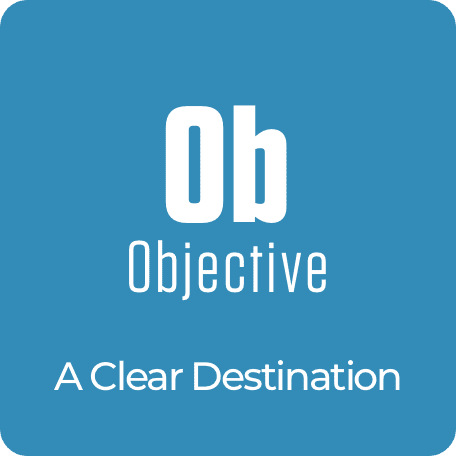
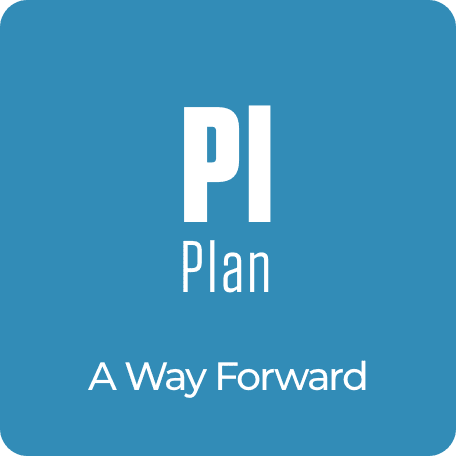
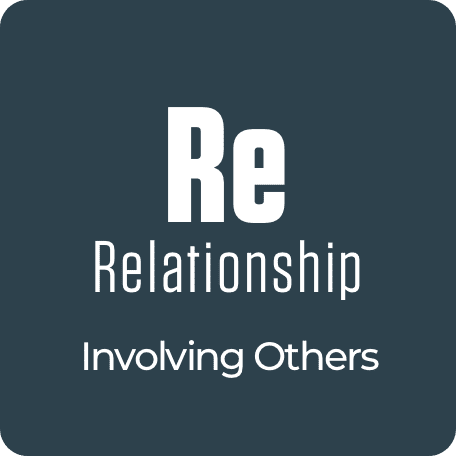
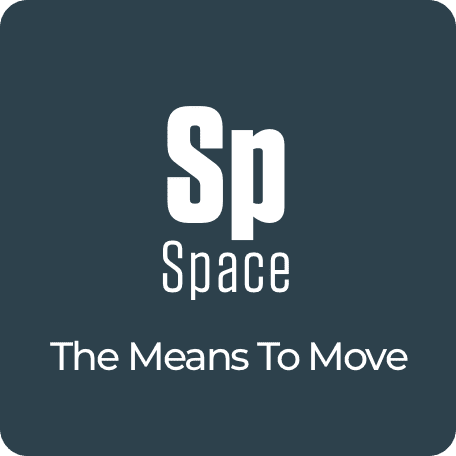
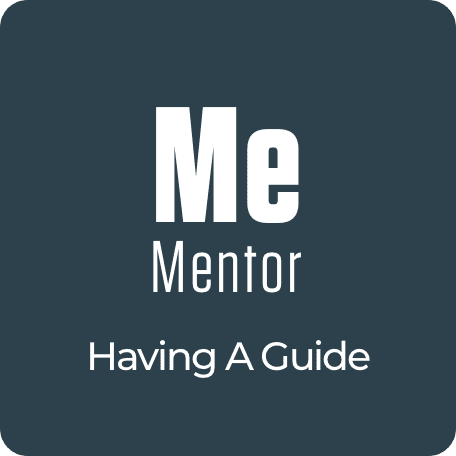
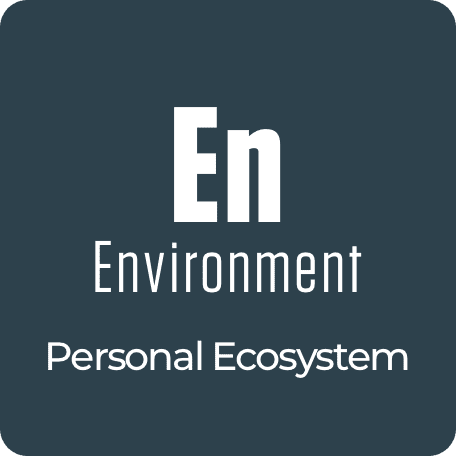
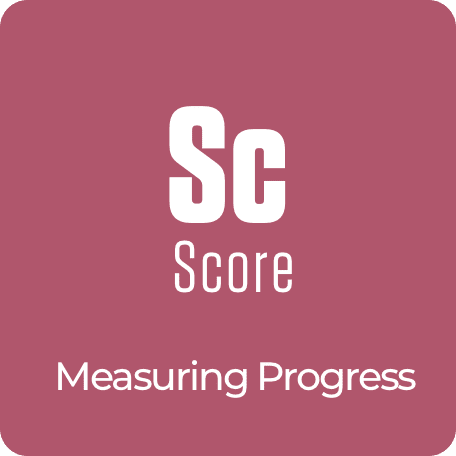
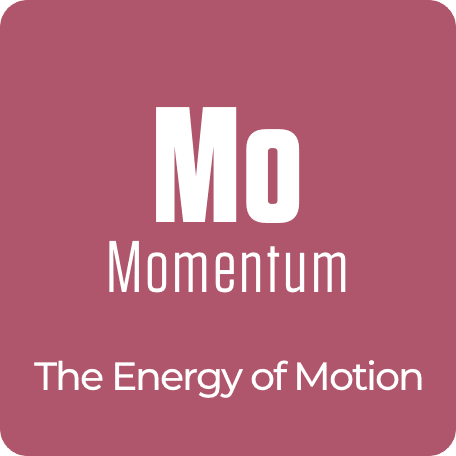


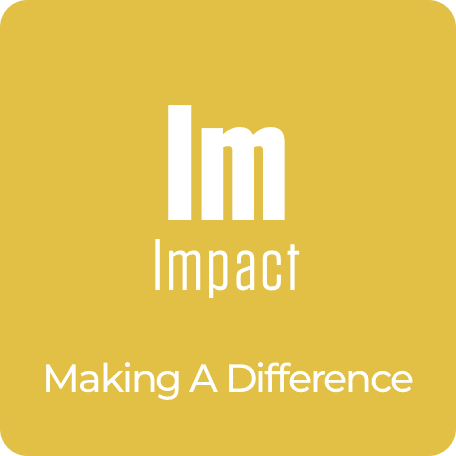
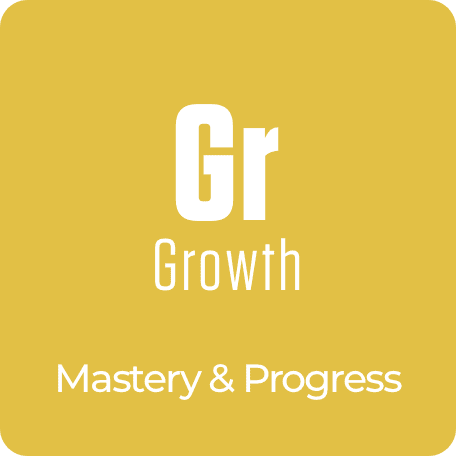
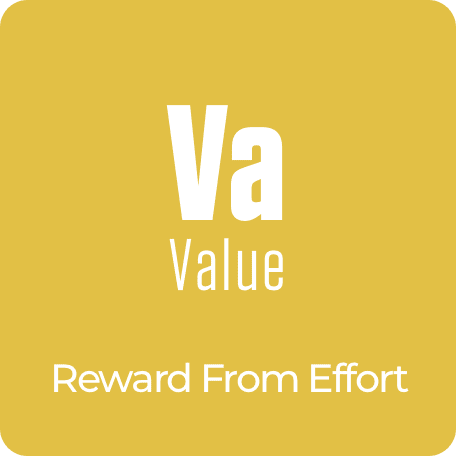
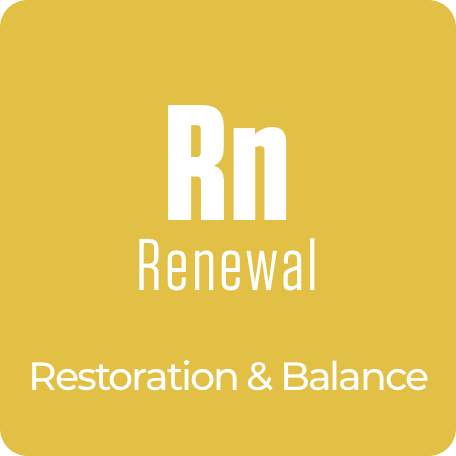
Cancel any time.
Written by founder and CEO of Life Engineering, this book is a guide to the human journey… to your journey. It’s a guide to looking forward and not back. It’s a guide for finding your way and making decisions. It’s a guide to understanding who you are and why you matter. It’s a guide to finding your purpose and living your best life.
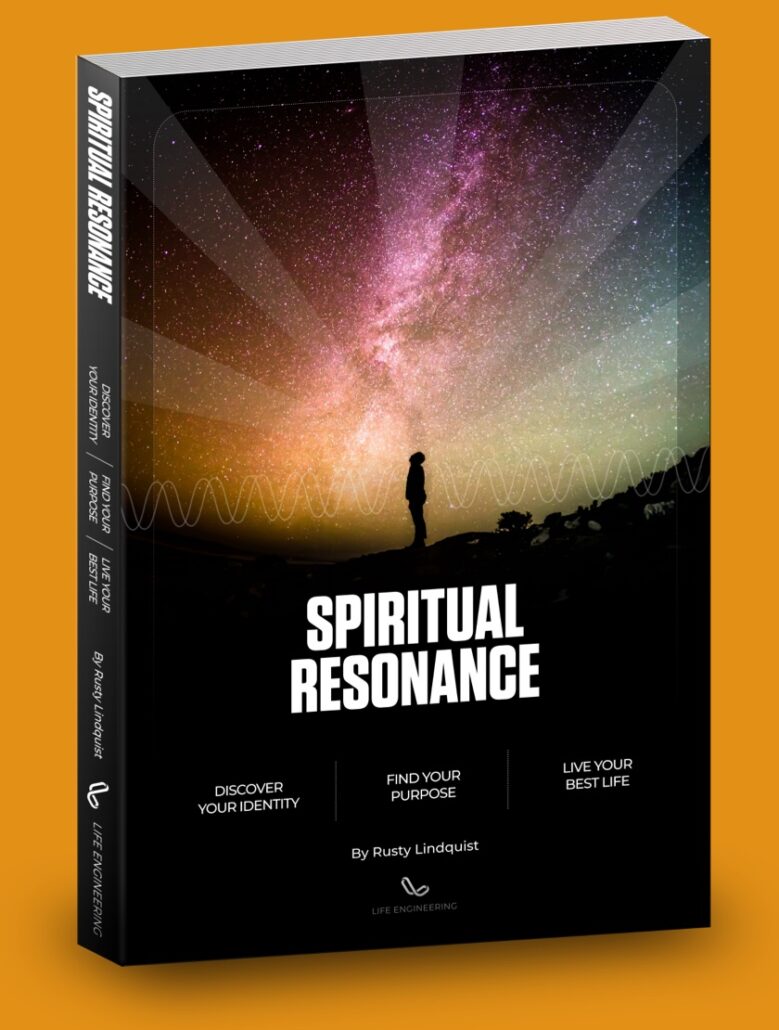

You found premium content! As a member, you have access to an entire suite of resources to power your journey to success.